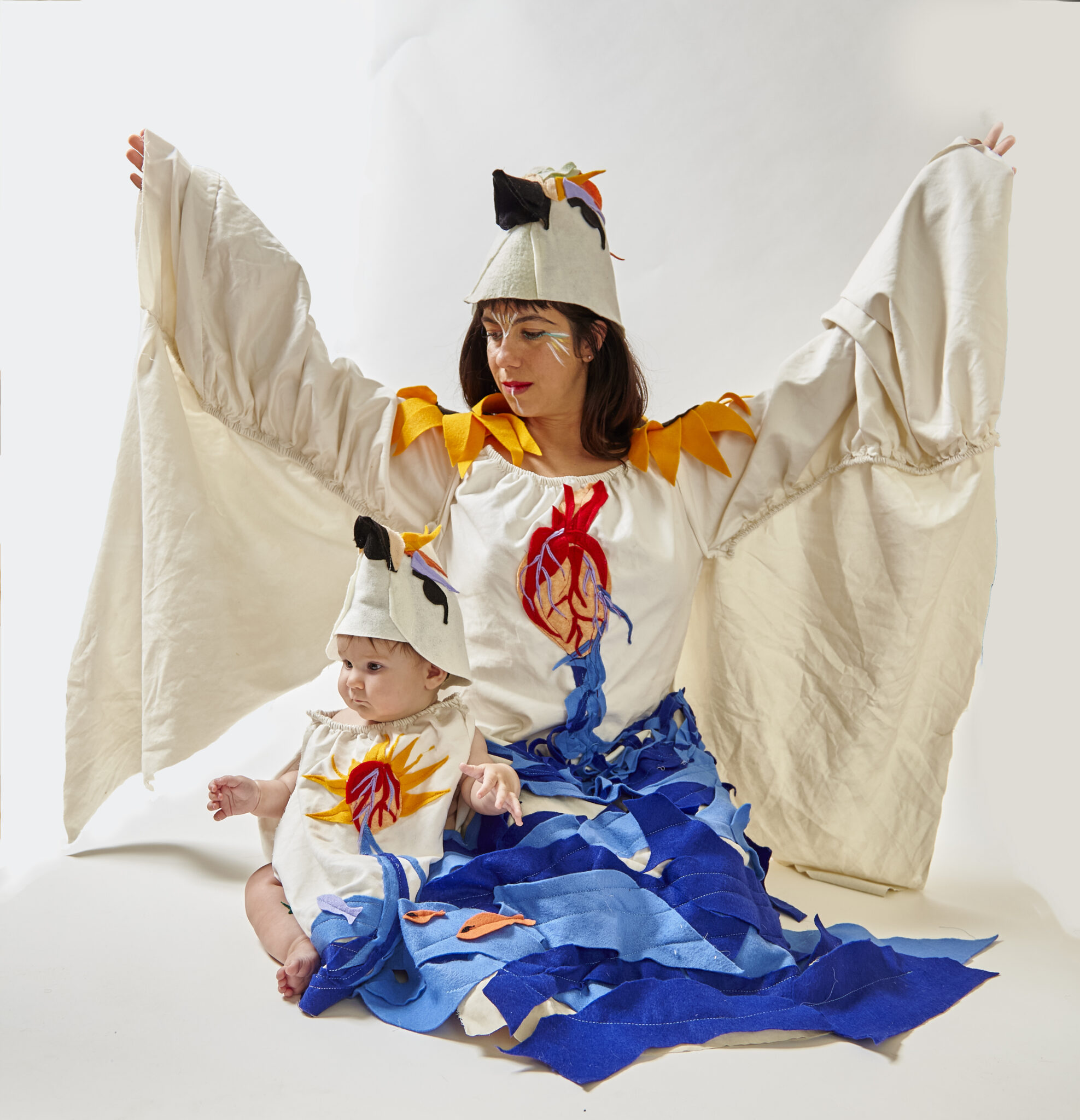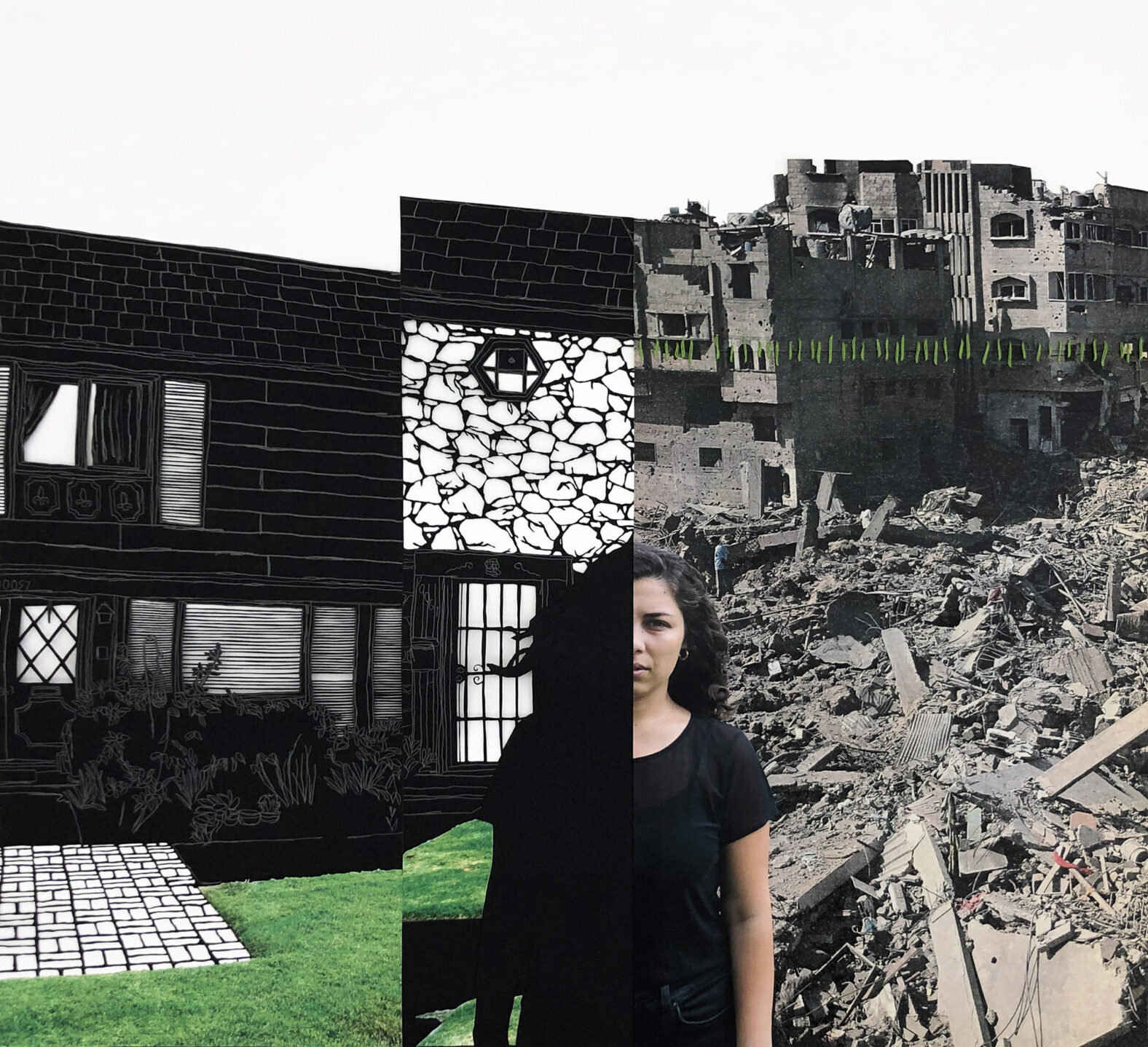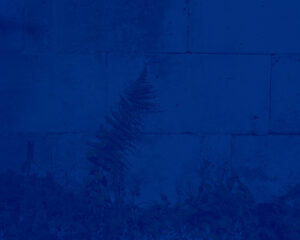Bonny Nahmias and Gabriella Willenz are the curators of Made in Contact, a collaborative exhibition and digital arts book with work by thirty alumni of Asylum Arts, an international network supporting contemporary Jewish art and culture.
Image: How did you meet, and how and when did the concept for your Made in Contact exhibition evolve?
Bonny Nahmias and Gabriella Willenz: We met at an Asylum Arts artist retreat in November 2019, a few months before the pandemic started. It was an instant friendship, and a little later, during the first shelter-in-place, we reached out to each other to process things. We were longing for the simple act of gathering at a home, and since that wasn’t possible, we decided to send art to exhibit at each other’s homes and be present in this symbolic way.
We wanted to do something that was not virtual (the virtual was taking over our existence), and we were interested in seeing what would happen if we expanded this exchange into something like a long-distance game of telephone. With a small grant from Asylum Arts, we invited thirty artists to join us in the experiment.

Noa Charuvi. Beit-El, 2001. Oil on linen. 8 x 10 inches. “Assaf Evron’s new body of work investigates gods and temples of the Nabateans (an ancient Arab people), how their shapes and names were carried through the ages. Beit El, the place where Jacob had his visionary dream, is also a name of a Nabatean god of eyes. I was especially drawn to a new piece Assaf created, a relief in the shape of this god. Reflecting on my own work describing ruins and Israeli landscapes, it made sense to look up the archeological site of Beit El. The ruins of a Muslim religious structure still stand there, preserved because of the Jewish biblical connection, alongside an Israeli settlement.” (Text abridged from Made in Contact.)
Image: You devised a really interesting process of collaboration. How did that work?
BN & GW: The artists were split into ten groups of three, with each artist assigned a letter A, B, or C. Participant A received a phone call from participant B, who was asked to check in on A’s current state and experience of the pandemic and to engage with the work A was making. In response, B created an original and tangible artwork. The work was mailed to C, who exhibited it at home and wrote a response, providing a context and eliciting new meaning from B’s creation, which came without a description.
Made in Contact is an experiment in remote creative interaction and explores the subtle ways people (in this case, artists) influence and are influenced by each other. We named this exchange for both the physical contact that was made with the work and the contact made with another artist. The process culminated in a digital art book available online (www.madeincontact.asylum-arts.org).
Image: What are some of the spiritual themes that undergird the project?
BN & GW: We initiated this project thinking of the Jewish value of mutual responsibility, which comes from the Talmudic phrase כל ישראל ערבים זה לזה (kol yisrael arevim zeh bazeh)—literally “all of Israel are guarantors of one another.” Central to this is the understanding that we never exist in a vacuum but are always in relation to others. In navigating these past two years and the unknown ahead of us, the perspectives of others are vital. When we decided to pair strangers and ask them to check in on each other, it was interesting to see how different artists responded, for whom it felt natural and for whom it felt risky. For example, one artist came prepared with a list she found on the internet of questions to ask a stranger on a first virtual date. In any case, it seemed that all the conversations went deep very quickly. There were questions like, “What was the most influential experience of your life?” and, “How are you staying sane?” What was most revealing was that by checking in on each another, we actually checked in with ourselves.

Bonny Nahmias. Maayan Sol, 2021. Garments made of repurposed cotton bedsheets, felt, and thread.“At the onset of the pandemic, it seemed that everyone was engaged in nesting activities: cooking, baking, cleaning, home improvement and, for some, mating and conceiving. I thought of the bird as a metaphor for our lives, not flying but rooted in her nest. As life opens back up, I think about the bird returning to its full expression. This transformation evokes images of Isis, the goddess of healing, fertility, and magic. Seen here, my beating heart pumps the ceaseless waves of the ocean, and a stream of emotions gushes through my chest like a spring. All rivers run to the sea.” (Text abridged from Made in Contact.)

Gabriella Willenz. Better Safe Than Sorry, 2021. Fabric designed by the artist with eighteen symbols of prosperity and against evil. Digitally printed on cotton and sewed into baby sheets.“My second child was born five months before the shelter-in-place started. I had a very hard time dealing with the stress of the unknown and being locked down with an energetic preschooler and a baby. Bonny showed me several of her projects in which she uses symbols to ward off the evil eye. I’m not a big believer in superstitions but do respect the fact that everyone uses stories and belief systems to make sense of their lives and the world. As Pascal argued, it makes sense to believe in God, because if one does exist, you’re in the right, and if not, well, no harm done.” (Text abridged from Made in Contact.)
Image: The artists you feature are Jewish and in many cases Israeli. What questions and themes are these artists working with?
BN & GW: Many of the works demonstrate questions, which echoes the Jewish Talmudic practice of continuously asking questions and offering many possible answers and interpretations. We believe it is the job of the artist to raise questions, to offer platforms for people to think and feel together. That said, if you read some of the questions without their question marks, you can tell what the person asking thinks or wants. It seemed like there was a need for confirmation, a desire to make sure others were experiencing the same. (“If you live with another person, did you touch less over these months?”) Many of the questions raised are critical, political, and uncomfortable, and demand that we look at our place in mechanisms that are perpetuating harm, exclusion, and violence, be it in relation to the Israeli-Palestinian conflict or white supremacy in the US. Mutual responsibility demands that we see our interconnectedness not only with other individuals but as communities, that we recognize our connections to systems.
Most of the artworks erase the human presence or show it only as a fragment. There is a deep sense of absence and loneliness. The notion of breath was evoked in several works, so although the figure is absent, there is still a living breath or a hand offering the possibility of healing. Alongside the breath there’s a window and light—hope for resurrection from the ruins.

Noa Yekutieli. Behind the Front Yard, 2021. Hand-cut paper, graphite, collage, embroidery. 28 x 33¾ inches. “Masha Vlasova’s video piece led me to think about the concept of the front yard in relation to the backyard: what we proudly present versus what we hide. This led me to think about the ‘Israeli backyard’—the occupation—and the way Israel tends to try to push aside or deny that something inhuman is constantly occurring in our backyard.” (Text abridged from Made in Contact.)
Image: Were there any big surprises?
BN & GW: The writers in group C seemed to resist the prompt to contextualize, unpack, or explain the work of group B. Instead, many created another work, a textual one that could work as a stand-alone piece. Instead of a chain, we got a group, three artists and three pieces standing in relation to some unnamed, unseen, and unspoken shared humanity.
Bonny Nahmias was born and raised in Israel and moved to the United States in 2006. Her work examines sociopolitical subjects that relate to her Sephardic-Jewish background. She exhibited at Root Division, SOEX, SOMArts, Heron Arts, and the Asian Art Museum, among others.
Gabriella Willenz works in photography, video, and installation to interrogate how knowledge is constructed, delving into the mechanisms of how we know and relate to the world around us. www.gabriellawillenz.com





